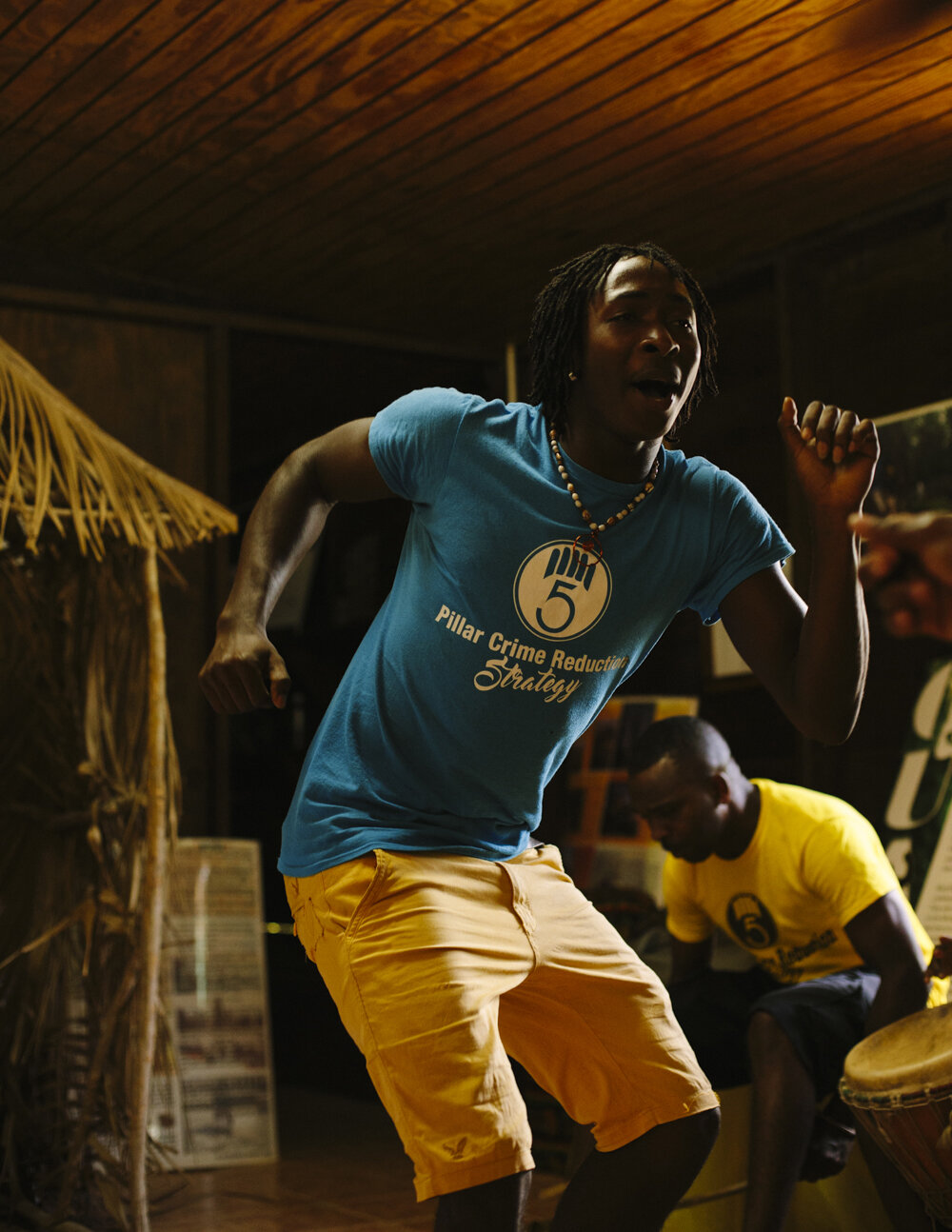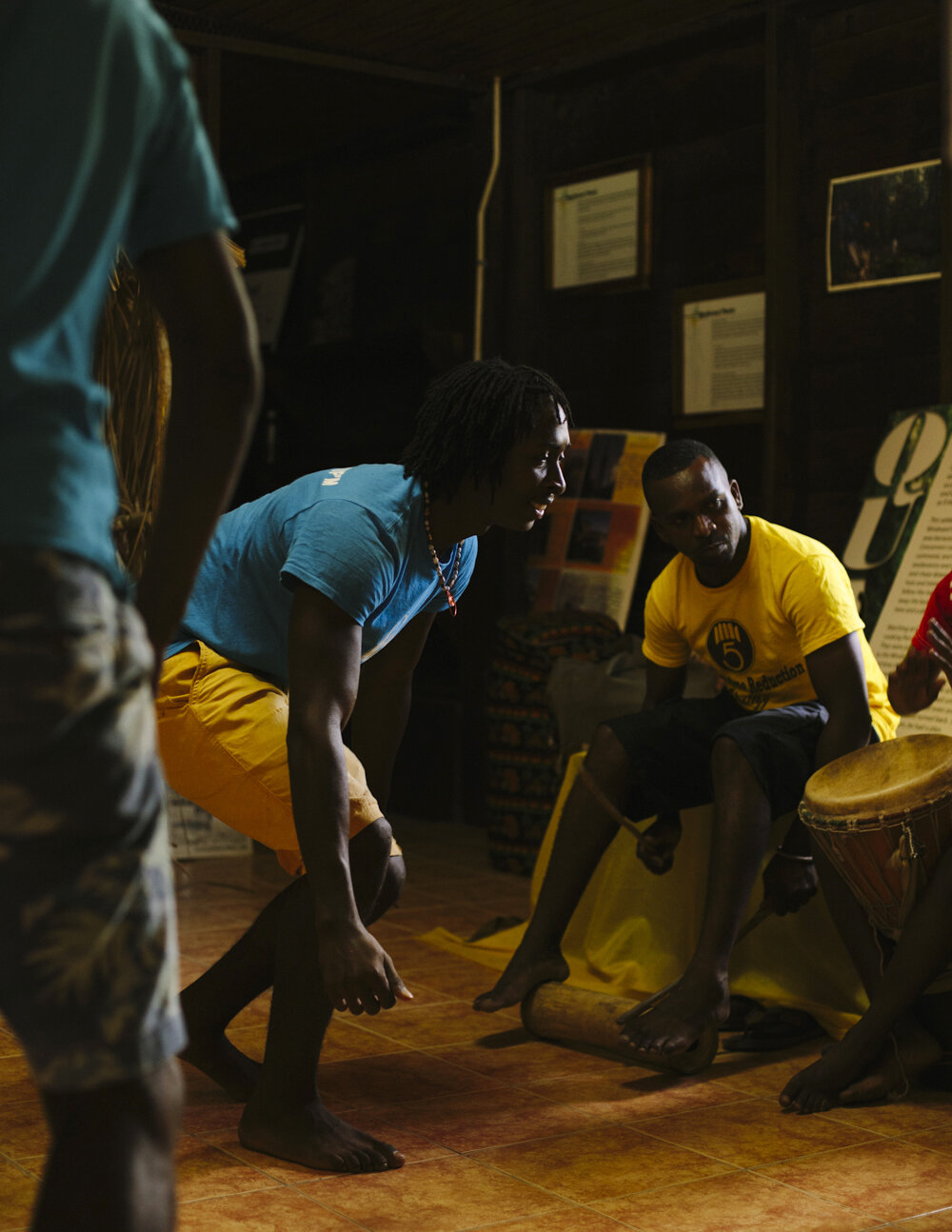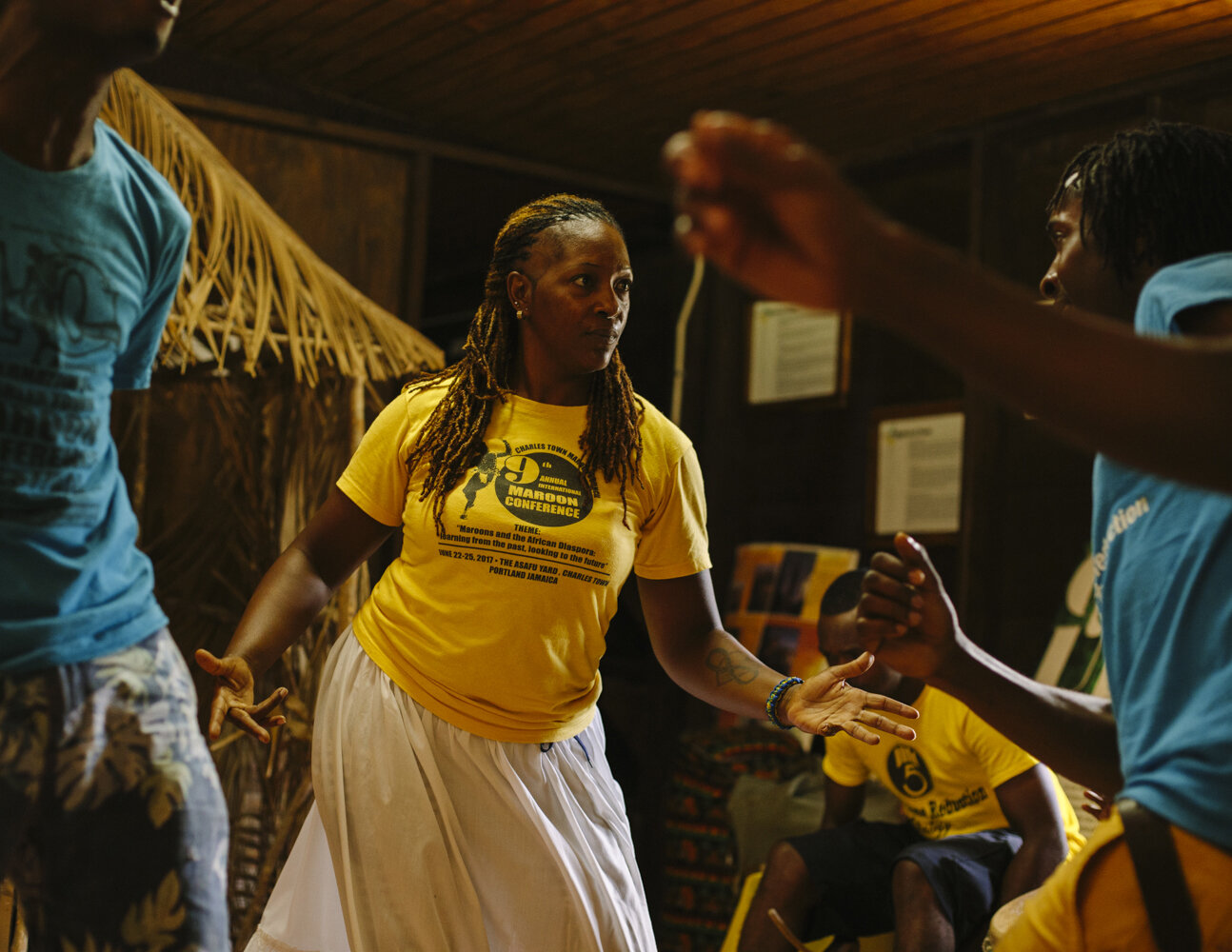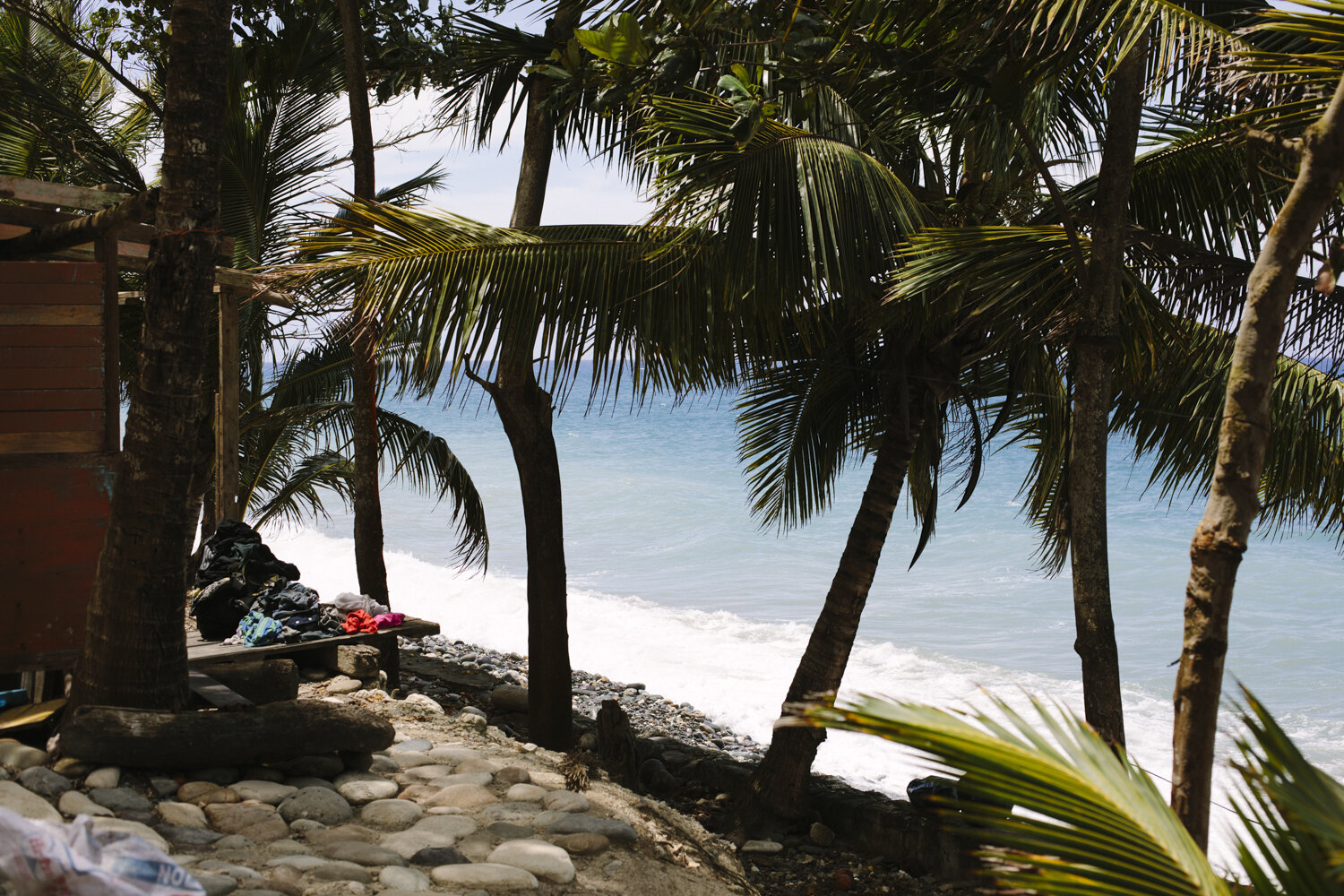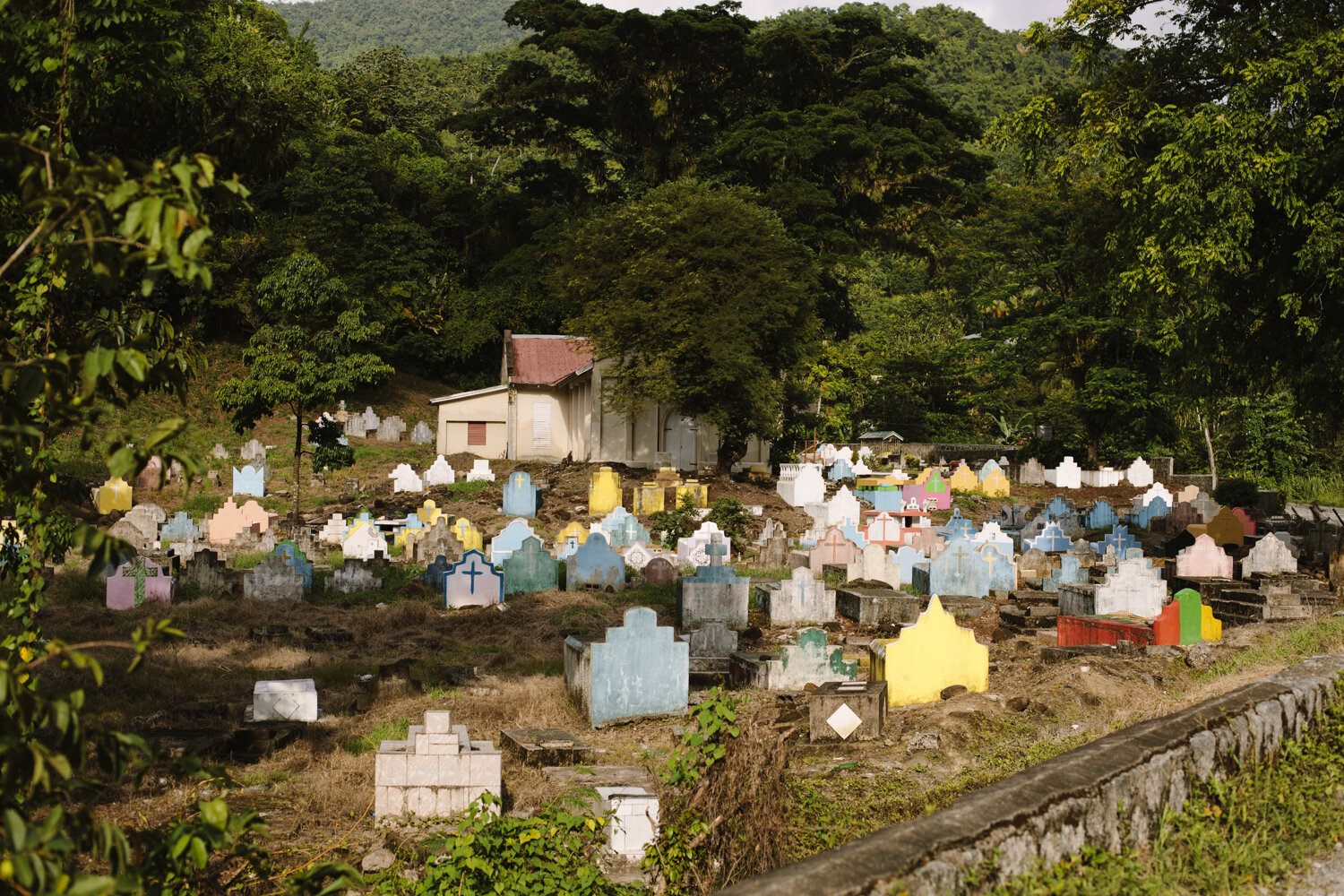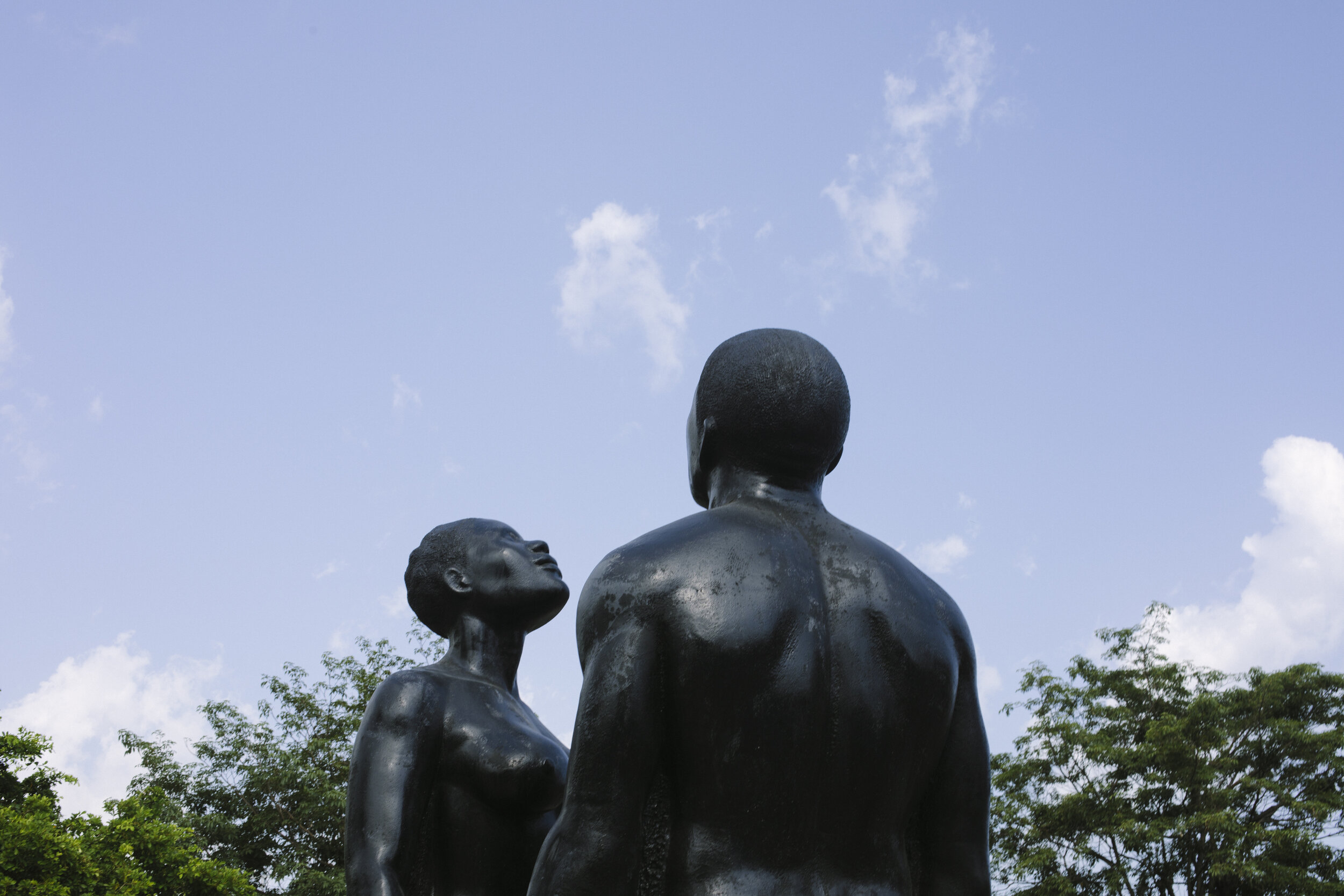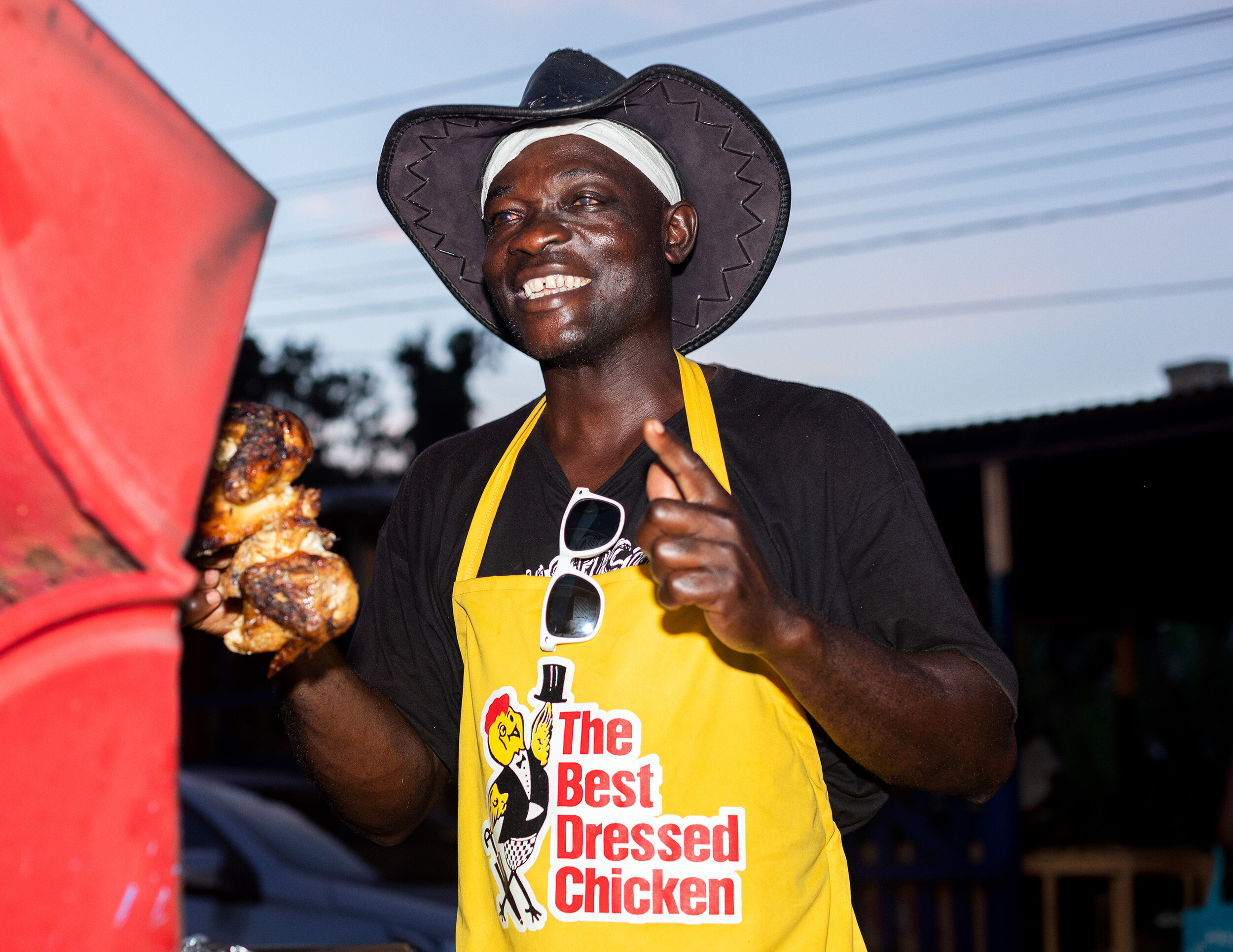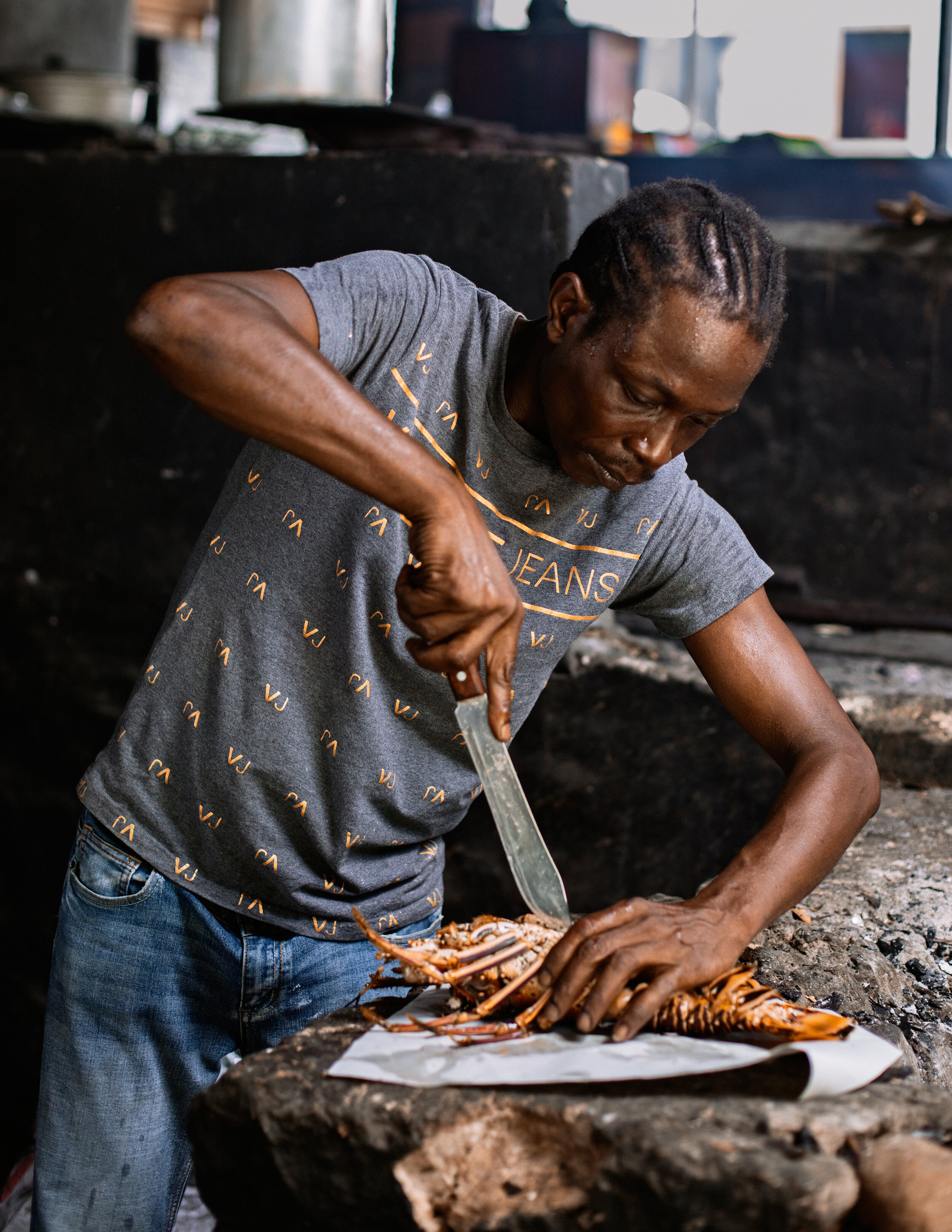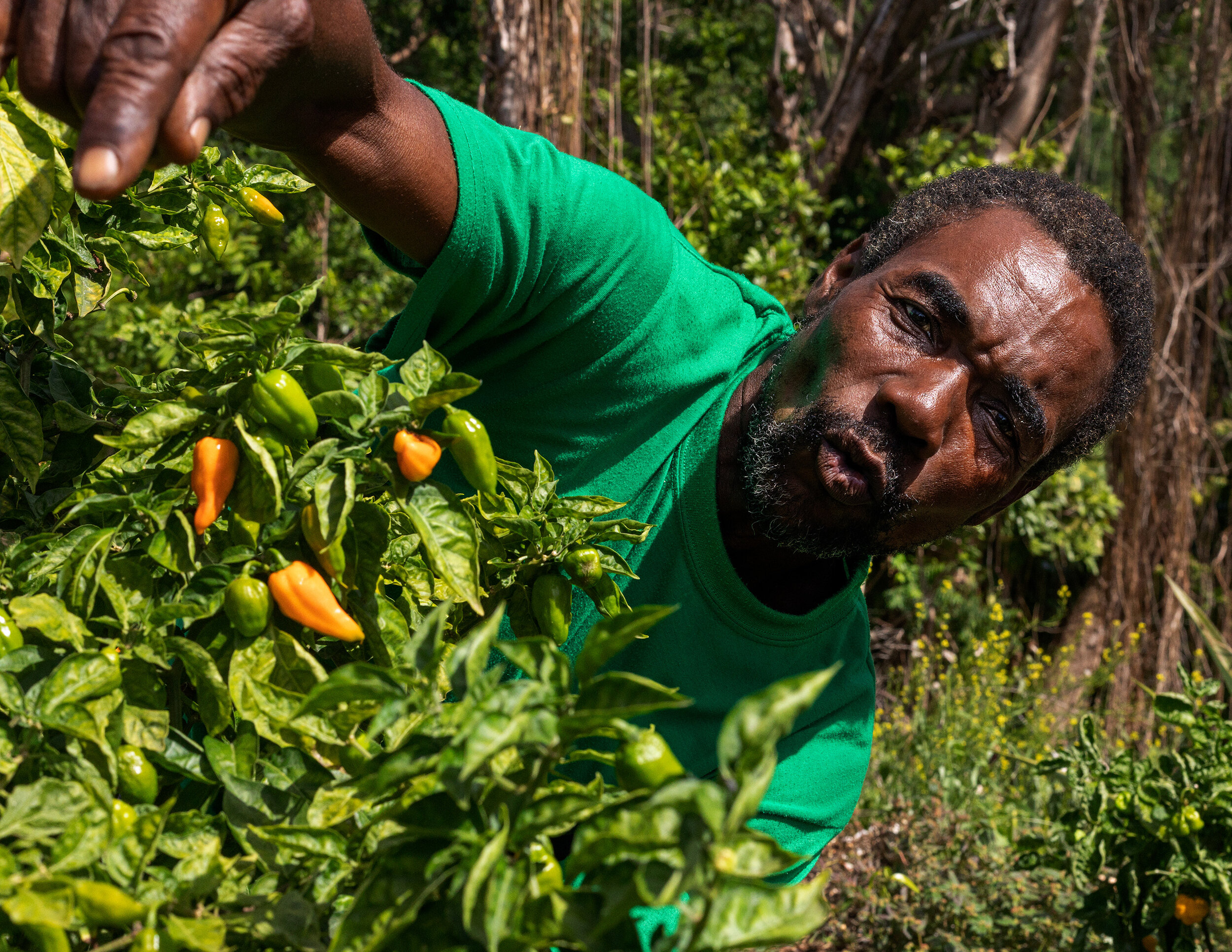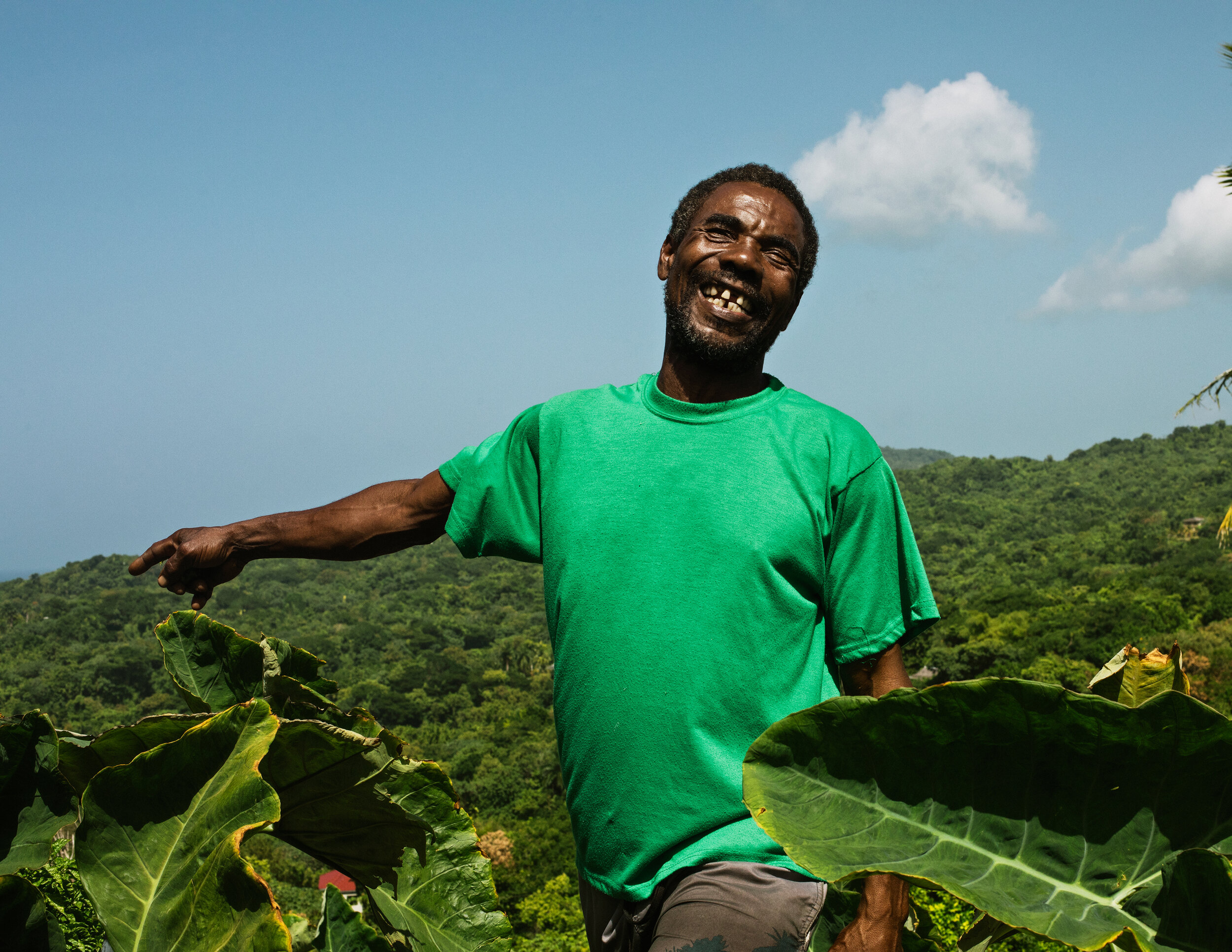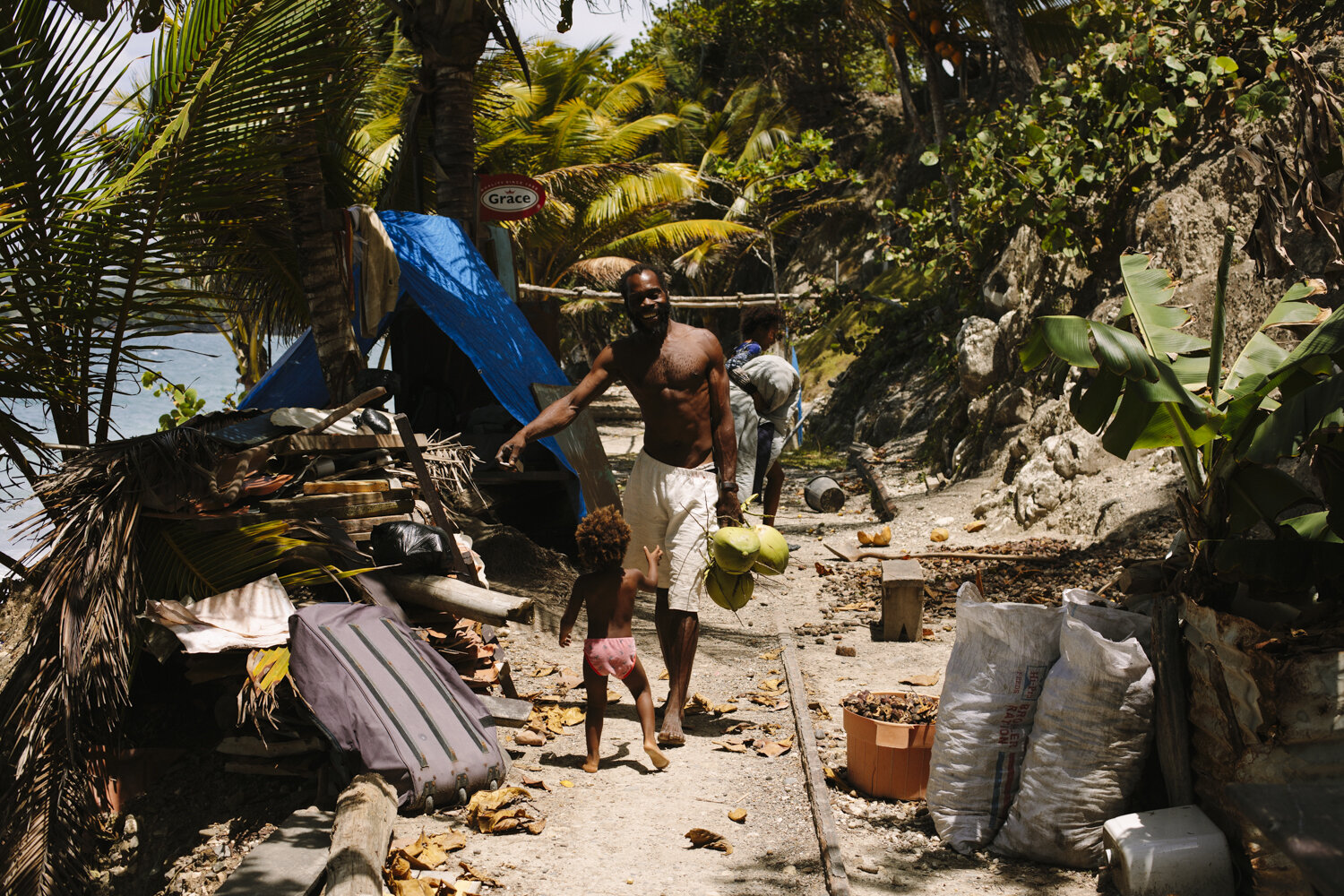Faculty-led Short-term Study Abroad Program in Jamaica
The proposed program will provide firsthand insight into the culture and history of the African Diaspora on the Caribbean Island of Jamaica. Students will visit three different Maroon communities, each with a unique history and perspective on the colonial past and dynamic present of Jamaica. In one of the communities, the group will stay with homestay families, likely to be the highlight of the experience.
Students will also visit important cultural and historical sites near Kingston and Montego Bay, as well as the Rastafari Indigenous Village. The program will paint a picture of the successful resistance to colonialism as well as modern day resilience to challenges faced by the people of Jamaica.
Are you interested in a similar custom-designed faculty-led study abroad program?
Program Itinerary
Day 1: The group explores Emancipation Park, previously used as a horse race track and polo field by the elite Liguanea Club, it was transferred to the Jamaican government and converted into a public space in 2002. It now stands as a Kingston landmark and metaphor of strength and resilience.
Day 2: The group heads to Port Royal, a peninsula community founded in 1518 by the Spanish, which was once the largest city in the Caribbean. The infamous pirate Henry Morgan used it as his base. After a disastrous earthquake struck in 1692, the town’s commercial role declined in favor of nearby Kingston. Today, Port Royal is a heritage and historical site. After, a tour of Fort Charles, a fort that guards the entrance to Port Royal, built in 1655.
Head to Liberty Hall, a cultural site and home to Marcus Garvey Multi-media Museum. Marcus Garvey is a national hero in Jamaica for encouraging self-worth among the African Diaspora despite poverty and discrimination.
Day 3: Travel to Sligoville, the first free town in Jamaica. Sligoville was formally dedicated in 1840, on land that was purchased with the support of the Marquess of Sligo, governor of Jamaica from 1834 to 1836, who was resented by his assembly for what was seen as bias towards the slave population. Students meet with community leaders to hear the town’s history and observe its present day culture.
Travel to the Maroon community of Charles Town, which was formed in 1754 and is one of the four major Maroon settlements in Jamaica. It is commonly referred to as the haunt of Quao, a Maroon leader and hero. The town’s museum, library, and cemetery are considered particularly special aspects of the community.
Day 4: Go on a guided tour and hike to Sambo Hill where Maroon chief and hero, Nanny, would keep watch for the British with her war council. Then, gather with Charles Town community leaders for an interactive presentation on history and culture. The group participates in a Maroon for a Moment activity which includes a visit to the museum, drumming, dancing, and cuisine.
Day 5: The group departs to Moore Town, another Maroon community located in the John Crow Mountains of the Portland Parish. Students meet with community leaders to discuss Moore Town’s unique history, including the 1740 Peace Treaty that was signed by the British and the Windward Maroons.
The group hikes to Nanny Falls, named after Nanny of the Maroons, an honored military leader of the First Maroon War of 1720-1739. Nanny is regarded as a National Hero and is the only woman to have received the title of “Right Excellent” from the Jamaican government. The falls are believed to have healing properties, and in the past were used by Maroon soldiers to prepare for battle.
Day 6: Travel to the Rastafari Indigenous Village for a tour. The Rastafari religion began in Jamaica in the 1930s and follows the Bible, but the Rastafari spiritual leader is Haile Selassie I, the former emperor of Ethiopia. The Rastafari Indigenous Village, founded over a decade ago, is a living cultural center where students can experience the Rastafari way of life through music, food, nature, and art. The group learns about natural medicinal practices and enjoys a drumming performance.
Day 7: The group explores Montego Bay, visiting the Cultural Center in Sam Sharpe Square and the craft market. Sam Sharpe was a leader of the Baptists in Montego Bay and the main instigator of the 1831 slave rebellion. Because religious meetings were the only gatherings slaves were permitted to participate in, Sharpe used his role as a religious leader to spread his idea of a non-violent slave rebellion.
The group travels to a beach near Montego Bay in the afternoon for independent lunch and to enjoy the sunshine on our last full day in Jamaica.
Day 8: Departure.


